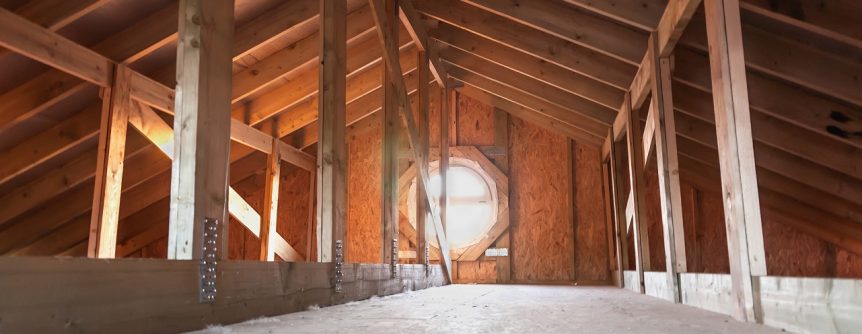Mold growth in the attic is a common occurrence. Homeowners rarely visit the attic, which allows the mold colonies to flourish undetected.
Attic plywood, which is mainly utilized as flooring, can develop mold infestations.
Here are ways to remove mold from attic plywood.
Why does mold grow in the attic?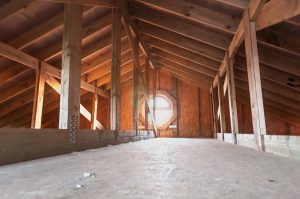
Attics in the San Francisco, CA area are ideal places for mold to thrive. Often left unused, the attic is hot, humid and contains an abundant organic food source—wood sheathing. Mold requires moisture, oxygen and a food source to grow; and, the attic provides all three forms of nutrients.
The moisture issues that cause mold growth in the attic may be attributed to any of three scenarios: insufficient or blocked ventilation, roof issues or leaks and the incorrect exhaustion of bathroom fans or dryer vents. If the attic were moisture-free, mold spores would have no chance of surviving.
The ventilation system in the attic normally works by allowing outside air to enter through the soffit vents and escape through the top ridge vents. When the vents are blocked with insulation, however, the warm outside air will stagnate inside, condense on wood, and allow mold to develop.
Roof leaks can lead to localized mold growth. The roof should be examined periodically for leaks. Dryer exhaust vents are designed to direct moisture outside the home. It is important that homeowners ensure the vents lead outdoors and not into the attic, where moisture and mold problems can begin.
What are the signs of an attic mold problem?
A hot, stuffy attic will attract mold spores. The lack of proper ventilation is the prime cause of stuffiness inside the attic. A well-ventilated attic should feel breezy. Also, when a homeowner is confronted with the smell of mildew in the attic, it is a sign of a moisture problem.
Black, discolored wood is an indication of mold growth. Wet attic insulation can lead to an eventual mold problem (moisture also diminishes its ability to insulate). In winter, frost buildup on the underside of the roof sheathing is another telltale sign of impending mold.
Is attic mold removal a DIY job?
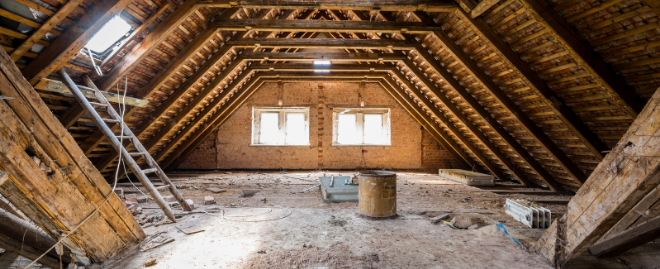
Attic mold removal
The attic is a dangerous part of the home, simply because one wrong step can send a homeowner through the floor joists and lead to injury. Falling through the ceiling is just one hazard. Homeowners can hit their heads on rafters, step on nails or encounter nesting animals.
The stuffiness of the attic space can cause breathing issues. Respiration is worsened when mold spores pollute the air. Homeowners who attempt to clean attic mold from the plywood should be prepared to set up temporary flooring, contain the mold spores and set up negative air pressure.
Physically fit homeowners can attempt to clean the mold from attic plywood on their own. But adequate preparation for such a hazardous job is necessary. Be aware that incorrectly performing the task can lead to serious injury to the homeowner or family.
What methods remove mold from attic plywood?
The homeowner’s first task is to repair the moisture source. Without fixing the water problem, the mold will only continue to flourish in the attic, despite cleaning the plywood. Remember that mold infestations occur in areas where a constant moisture source is available.
Loose mold particles may be removed with a wet rag and detergent. When wiping away mold, be careful to avoid spreading the spores to uncontaminated areas. Steri-wiping is the process of folding a contaminated rag and using its clean side to wipe away new areas of mold.
When nails protrude from the attic plywood, wiping the moldy areas is unfeasible. Rather, spray cleaning is an alternate method. Dry-process spray cleaning with baking soda or frozen C02 followed by HEPA vacuuming will effectively perform the task of eliminating the mold.
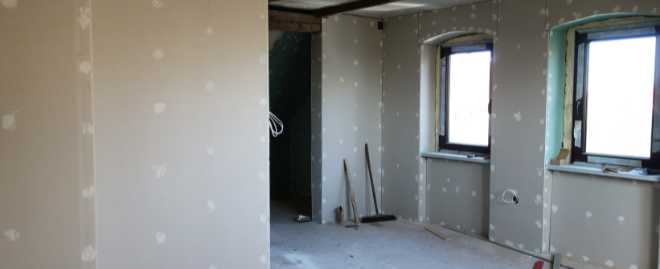
What methods remove mold from attic plywood
Unless barriers and negative air have been set up, do not sandblast areas inside the attic. Doing so will only increase the spread of mold spores throughout the area. Be aware that killing all the mold spores will be unlikely; and dead spores will continue to be toxic.
Power washing with water or other liquid solutions will be problematic. The attic insulation and other contents will become dampened with moisture, necessitating replacement. Allowing contaminated or wet insulation to remain in the attic will only accelerate the attic mold problem.
Is hiring a mold remediation professional recommended?
Considering that working in the attic is dangerous to inexperienced homeowners and even to experienced mold remediation technicians, the job should be left to professionals. Homeowners can rest in knowing the mold removal will be done correctly and they can breathe clean air again.
Mold remediation experts follow industry guidelines when eliminating mold from the attic. Chemical-based cleaning agents are used to kill the mold. Antifungal sealants are subsequently applied to prevent the spores from returning. Chemical processes are cost-effective, making them a popular choice.
Whether a homeowner chooses a DIY route or a professional one, removing attic mold is critical. Moldy attic air can pollute air in other parts of the home, causing health concerns. Plus, mold causes wood to rot, which can reduce the lifespan of the roof.
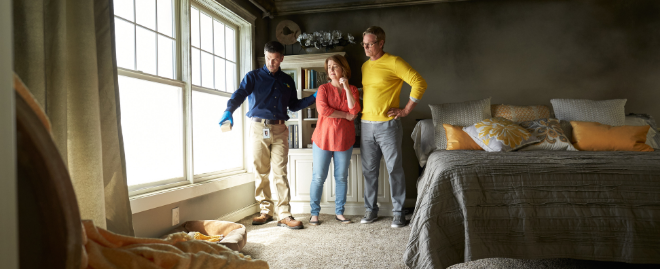
mold remediation professional
Contact Us for Attic Mold Removal
When a mold infestation seizes your residential or business property, consult a reputable mold remediation company, such as ServiceMaster Disaster Restoration and Recovery. Our experienced technicians will promptly arrive on site, assess the extent of mold growth, and prepare an effective mold remediation plan.
Our skilled mold specialists utilize advanced equipment to detect hidden mold growth. Spores can flourish in concealed areas, like behind the walls. Using an InstaScope mold detection instrument, ServiceMaster DRR crews are able to determine airborne mold levels inside the home or commercial space.
ServiceMaster DRR will return your property to safe and habitable conditions. We are able to handle both small jobs (less than 10 feet of mold growth) and larger ones. Mold growth should be addressed as soon as possible to prevent long-term structural damage to the property.
Residential homeowners and business owners in San Francisco and the Bay Area, California rely on ServiceMaster DRR for professional mold remediation services.
Our mold cleanup crews are available to respond to emergency mold disasters 24 hours a day, 365 days a year. Call us at (800) 439-8833.
Sources:
https://inspectapedia.com/mold/Clean_Moldy_Wood.php
https://moldmanusa.com/attic-mold-causes/
Other Related Mold Removal Topics:
How to Remove White Water Mold from Pools and Hot Tubs
What is Fusarium Mold and Where is it Found
How to Remove White Water Mold from Pools and Hot Tubs
How to Prevent Mold and Remove it from Grout Surfaces

